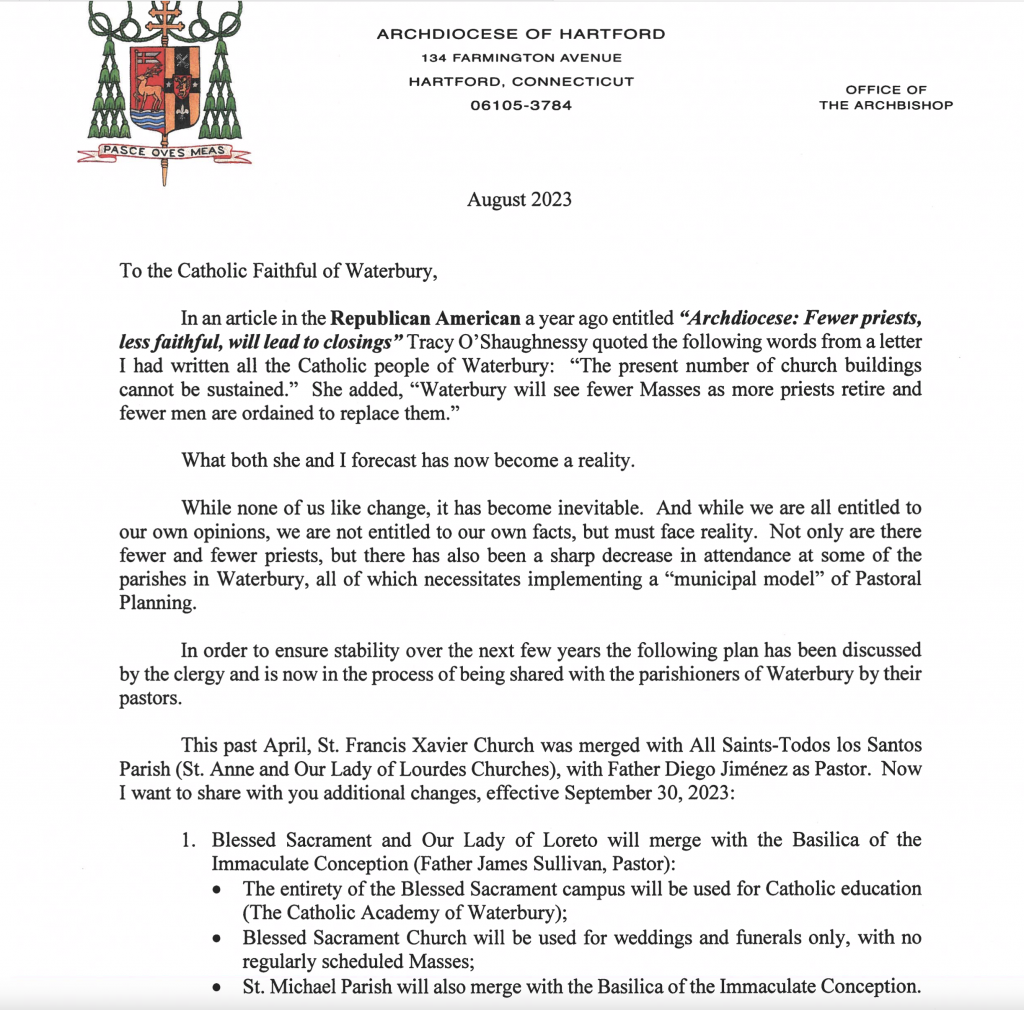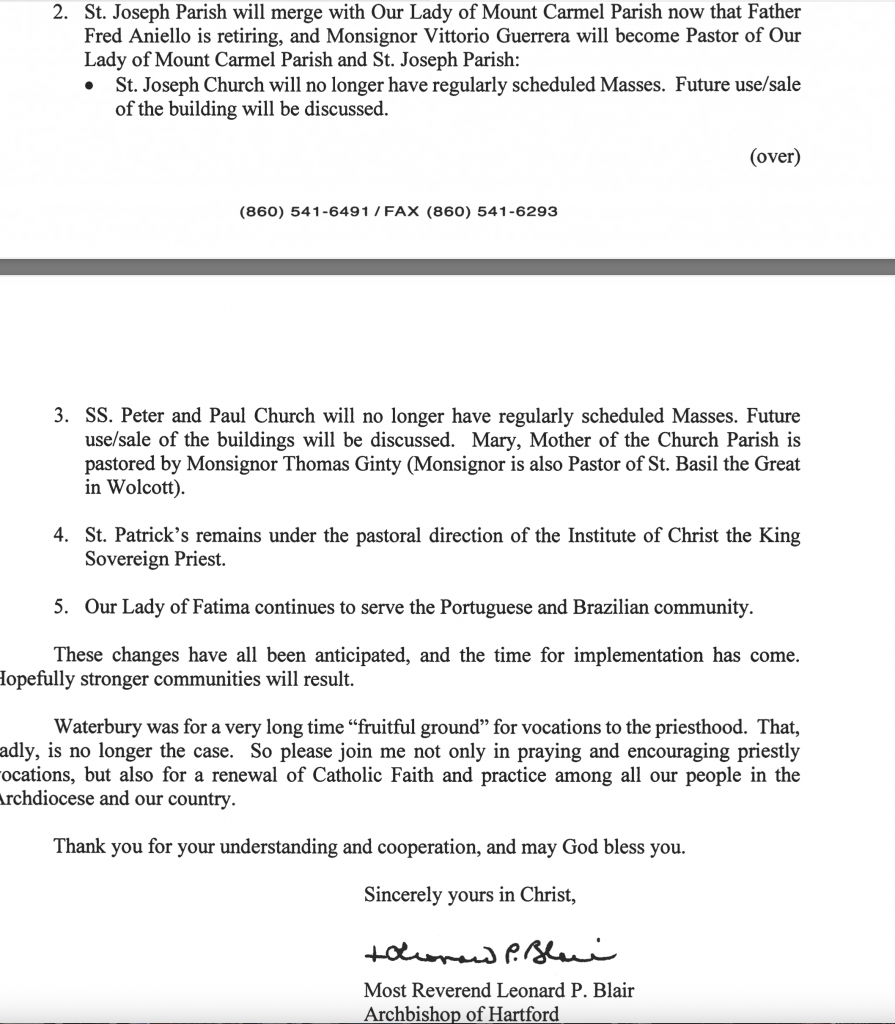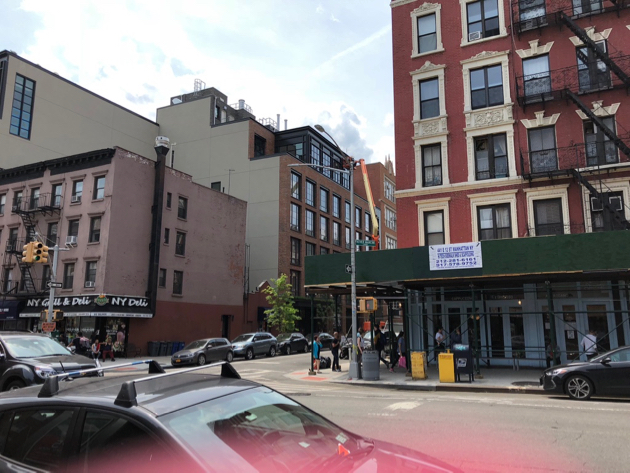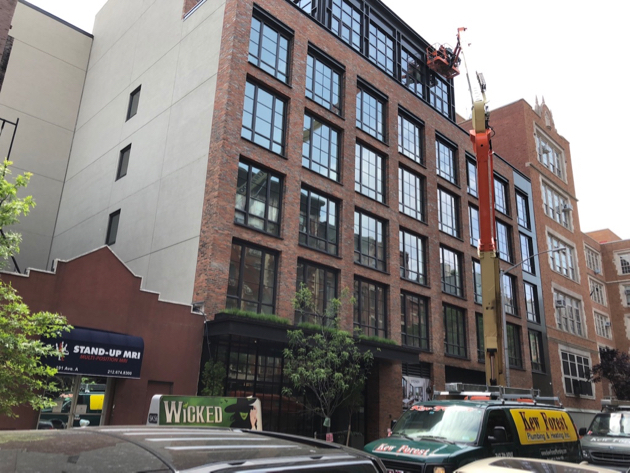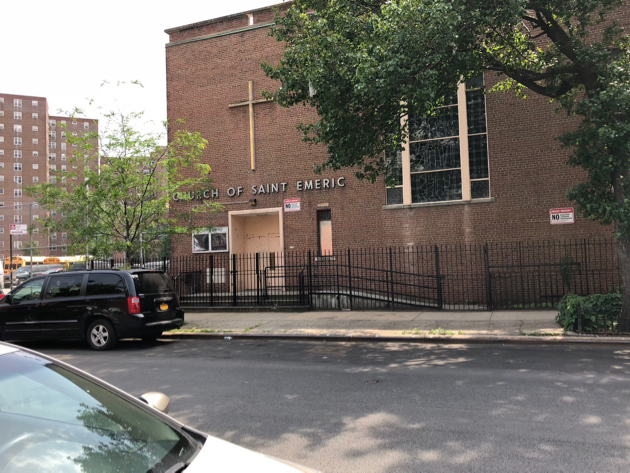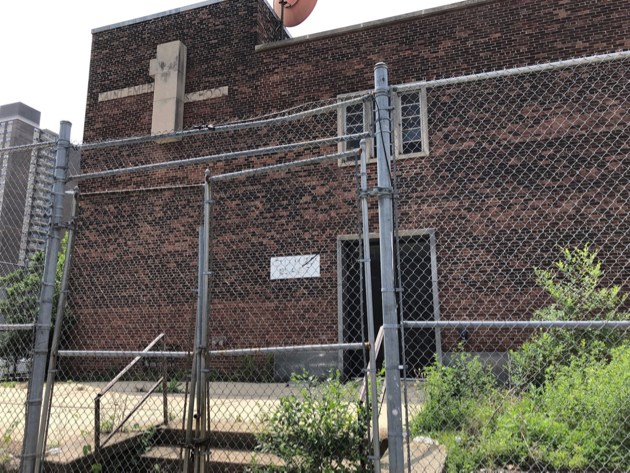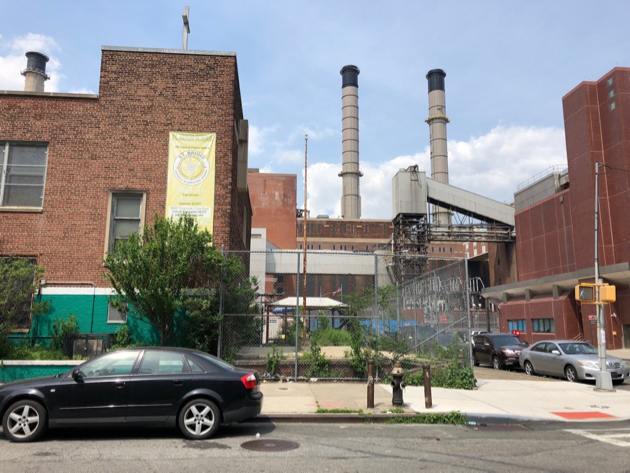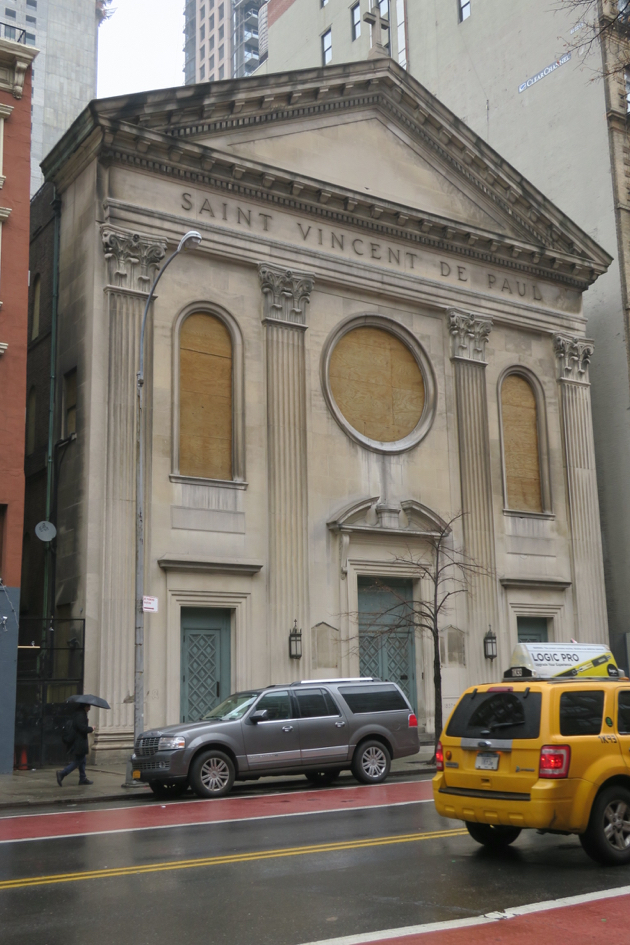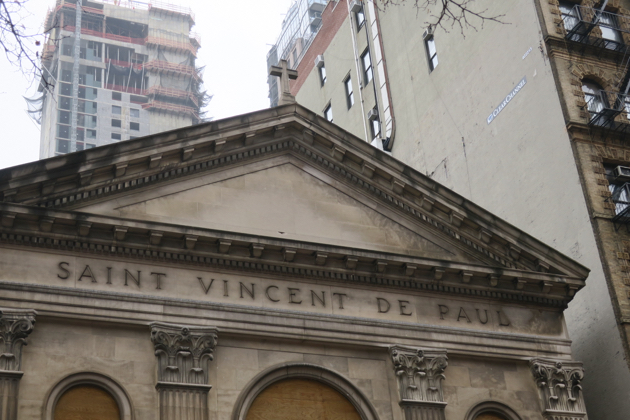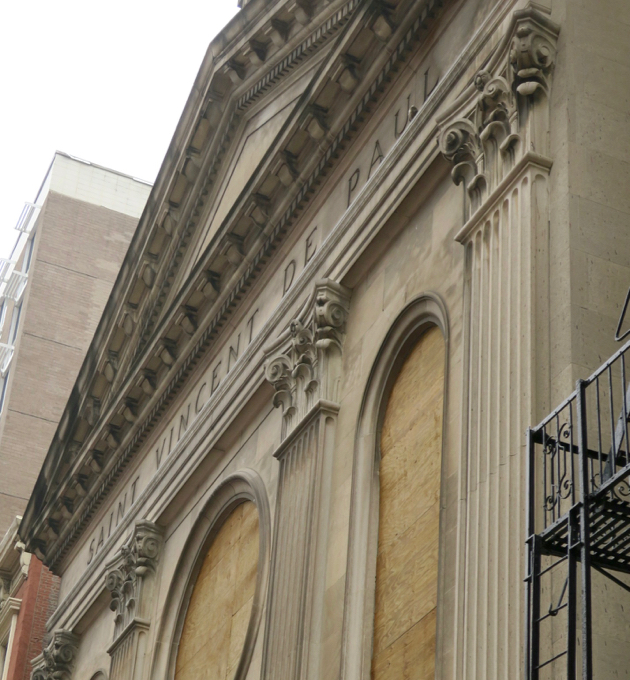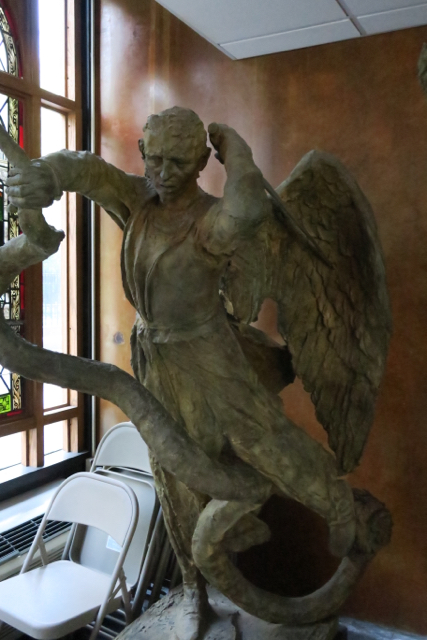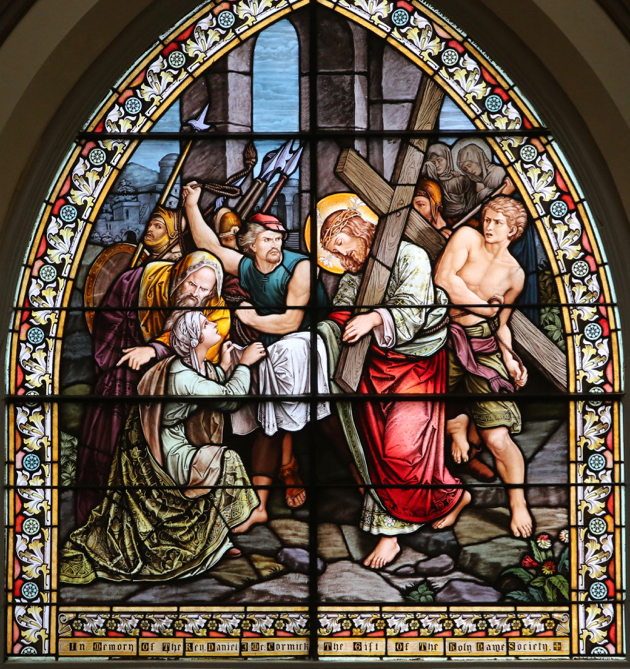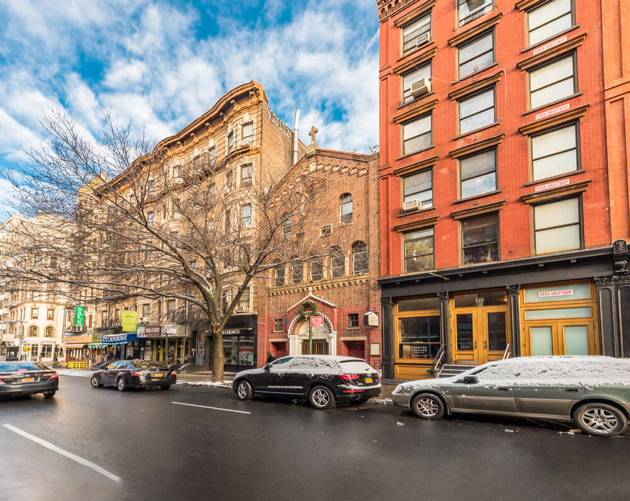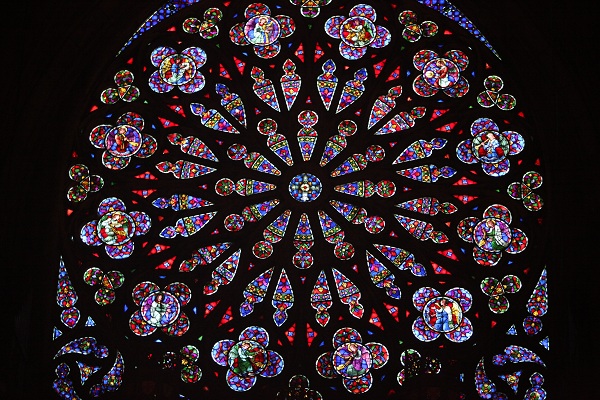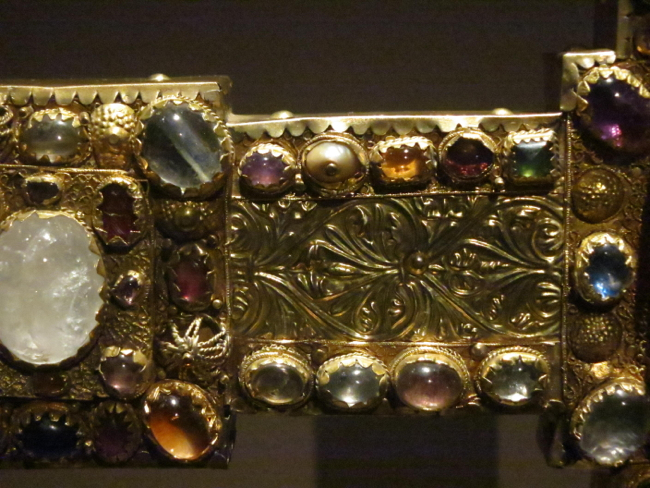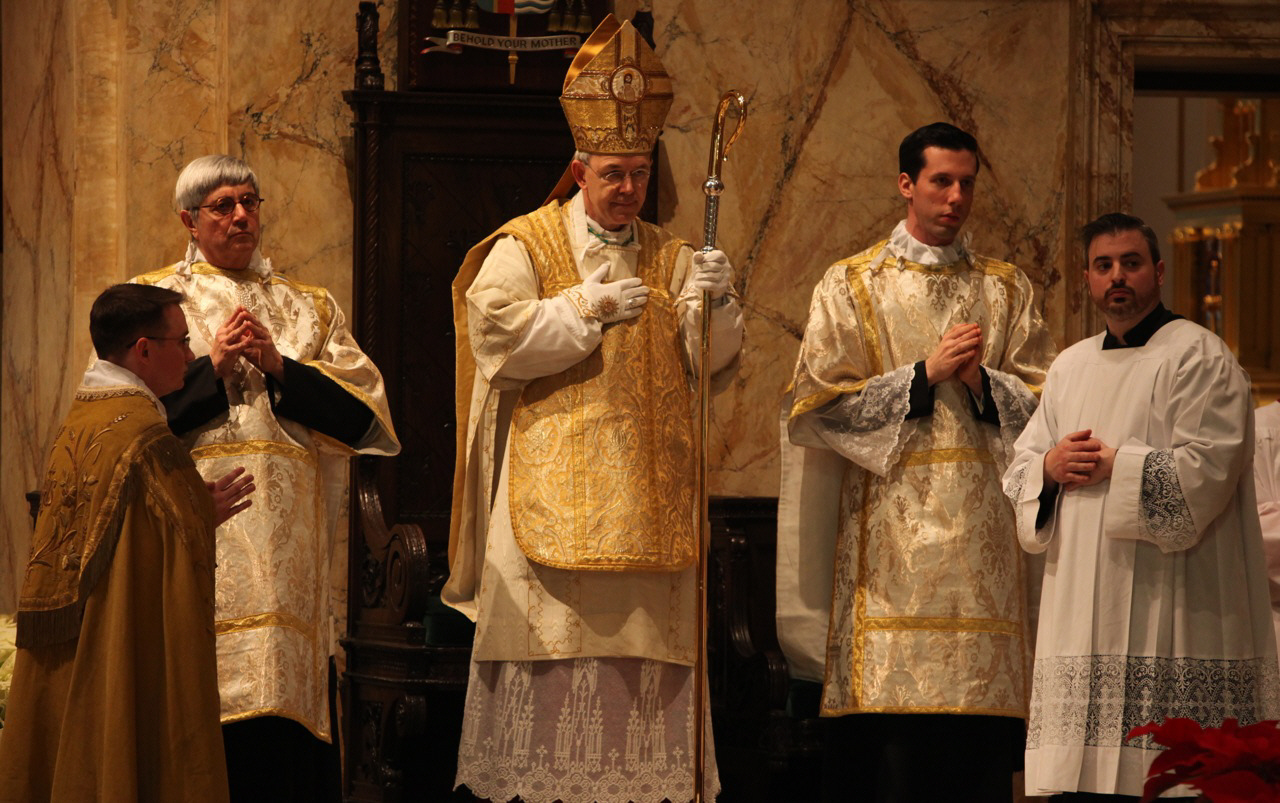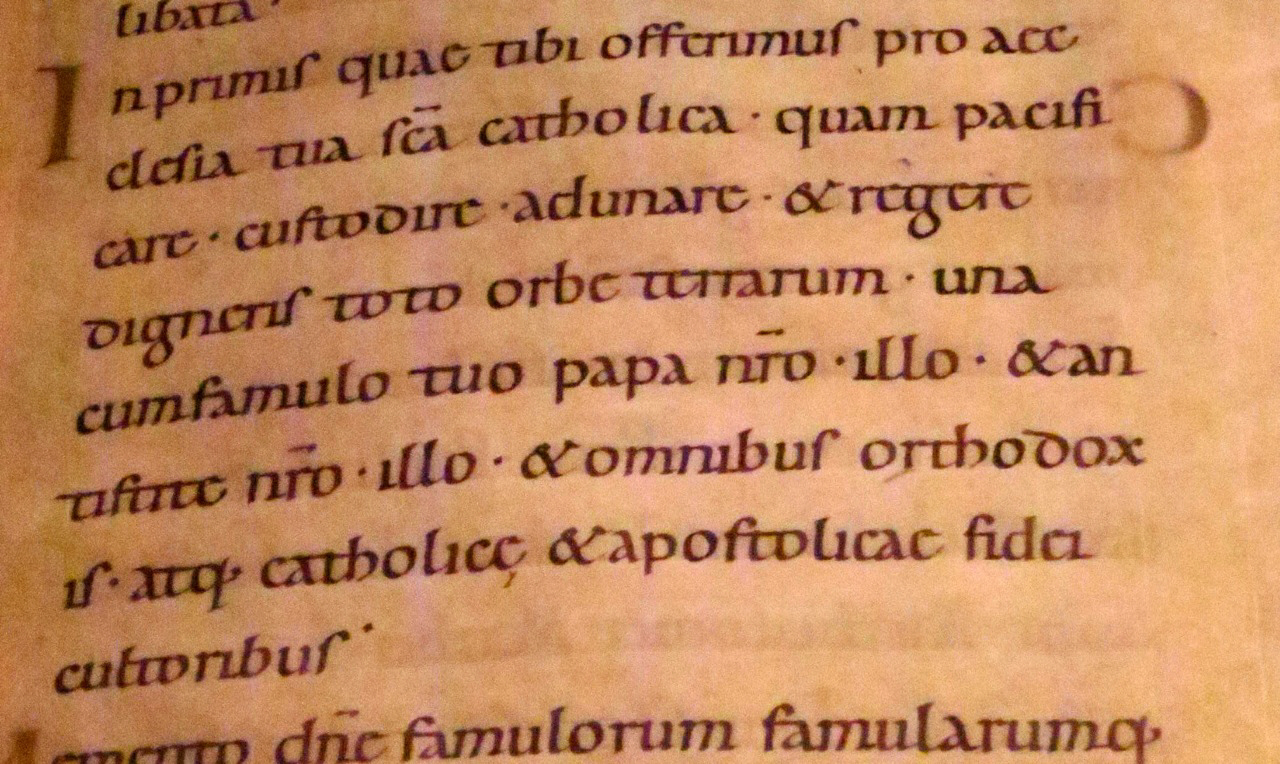 Dear Family of the Archdiocese of New York, Dear Family of the Archdiocese of New York, Recently, I met with all the priests of the Archdiocese of New York to update them on our continuing response to the abuse crisis. It’s part of the pledge we made to you, God’s people, to make certain that we are living up to the safe environment policies and practices that we put in place over 20 years ago. It is important that I let you know as well how we are doing, as we also pledged to keep you posted. While even our enemies — and their name is legion — seem to admire and credit our archdiocese in serving all New Yorkers with exemplary reform and progress in this area of protecting our young people, we can never become complacent. Our annual audits by outside agencies, including our regular ones by the universally respected federal Judge Barbara Jones, assure us we’re keeping our promises. It is only right that we continue the essential, sensitive attention to victims and their families, and our scrupulous attention to the promises we’ve made to God’s people to provide a safe environment for their children. Our vigilance extends as well to ensuring a safe environment for vulnerable adults and in the workplace. Our session rightfully recognized that this is now all fairly considered a big part of the “safe environment” we wish to nurture.I am proud that our bishops, priests, and lay staff all approached the sessions with great seriousness and sensitivity. They continue, as I do, to know that we can never relax in our efforts to provide a safe and welcoming environment for all. I also raise another issue that was discussed at our gathering that has serious implications for the future of the Church here in New York. You all know, I am sure, of the Child Victims Act (CVA), passed by the New York State Legislature and signed into law in 2019. We have worked hard to settle meritorious cases not covered by insurance, in justice to the victims of years past. We settled over 400 hundred cases through our Independent Reconciliation and Compensation Program (IRCP) and 123 more in response to the CVA. There remains about 1400 cases of alleged abuse, some dating back to World War II! To be clear, not all of these allegations are against priests. In fact, the two largest groups of complaints are against a former volunteer basketball coach and a former janitor. It has always been our wish to expeditiously settle all meritorious claims. However, Chubb, for decades our primary insurance company, even though we have paid them over $2 billion in premium by today’s standards, is now attempting to evade their legal and moral contractual obligation to settle covered claims which would bring peace and healing to victim-survivors. As a result we have sued them for violating New York’s General Business Law which protects New York consumers from deceptive and fraudulent business practices. In legal documents, Chubb has abandoned its archdiocese and parish policy holders and those people such policies were purchased to protect, the survivors of child sexual abuse. Chubb scurrilously claims that they are not obligated to settle claims because the abuse of victims was “expected or intended” by the Church. You read that right. They make the false argument that people like my beloved predecessors Cardinal Terence Cooke or Cardinal John O’Connor took actions with the intent of harming children, or at least expecting that would be the case. Outrageous! Why would they make such an egregiously false claim? Easy. To protect their bottom line – one that currently brings in $2 billion per quarter. Their apparent plan, which other Chubb insured have fallen victim to – see the bankrupted Archdiocese of San Francisco, for instance — is designed to delay, delay, and further delay, hoping to force the archdiocese to pay the claims Chubb is legally responsible for paying but has refused to pay. A sad story! In the long run, all these cases are a towering expense for us. As we diligently continue to shepherd the pastoral life of the archdiocese, we have taken dramatic steps to do more with less, by cutting costs but preserving our faith mission. We will be moving into new smaller offices next year, substantially reducing the cost of our office space, and putting our current archdiocesan headquarters on First Avenue on the market; the proceeds of that eventual sale will be used to ease the financial burden caused by the sexual abuse crisis. Other properties are carefully being considered for sale as well. Our future financial strength will require even more strategy and sacrifice and even more help from the archdiocese and more help from our parishes and people. Be assured, however, that we can’t and won’t let this destroy us. Our clergy and I remain inspired by and grateful for your generosity. The Cardinal’s Annual Stewardship Appeal, for instance — half of which, as you know, is returned to our struggling parishes — is again on target to reach and go over its goal. But,even more profoundly, we have the promise of Jesus that He is with us always, and that the “gates of hell” will not destroy us, even though they sure keep trying! That’s an insurance policy, His Word, that will never fail to pay claims! We may be reduced to the frustrated reply and extended hand of Peter in the Temple Square to the disabled beggar asking for alms, “Silver and Gold I do not have. But, what I do have I give to you. In the name of Jesus Christ, stand up and walk!” And he did. Cower and hide we will not! Fear we will not! We will stand and walk together through this, as we all did twenty-three years ago after 9/11, as we continue our resolve to compensate and reconcile with survivors, and as we ministered throughout the darkness of COVID. This challenge will strengthen our resolve to rely confidently upon the infinite power of the holy name of Jesus. With Him, nothing is impossible! Without Him, nothing is possible! Be assured of a remembrance in my Masses and prayers each day. A blessed autumn! With prayerful best wishes, I am,Faithfully in Christ, + Cardinal Timothy DolanTimothy Michael Cardinal DolanArchbishop of New York |
What is the message here beneath the legal posturing? First, the archdiocese faces a financial crisis. And that directly flows out of the sexual abuse crisis. Second, properties are being sold to cover these “towering” liabilities – and others will be evaluated for sale. I don’t believe I have ever read a statement from the archdiocese tying the sale of properties – like closed churches, rectories schools, convents and now the archdiocesan headquarters – so directly to the settlement of abuse claims. Third, this will not be the end of the process:
Our future financial strength will require even more strategy and sacrifice and even more help from the archdiocese and more help from our parishes and people. (My bolding)
In other words, the parishes will have to contribute to the settlement funds. That may be more dire news for many churches (and nowadays, “worship spaces”) in Manhattan and in the suburbs, given the high real estate values that can be found there.
I wonder: with this dramatic letter could Cardinal Dolan be laying the foundation for a subsequent declaration of bankruptcy? All the other dioceses in New York State except Brooklyn have already entered bankruptcy proceedings. The archdiocese of New York has so far avoided that step – which would be a crushing blow to the prestige not only of the archdiocese, but also of the Catholic church in Anerica and indeed throughout the world.
Be assured, however, that we can’t and won’t let this destroy us.
That may be the case – let us hope so – but more Catholics need to start asking how the situation of the Catholic Church could have reached this state in the first place.






























